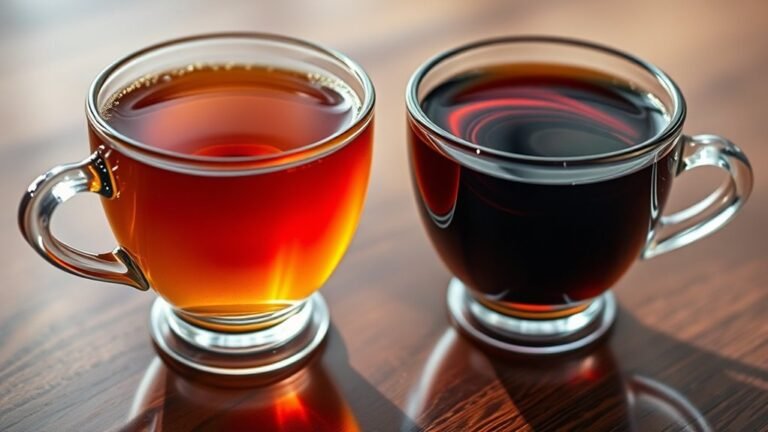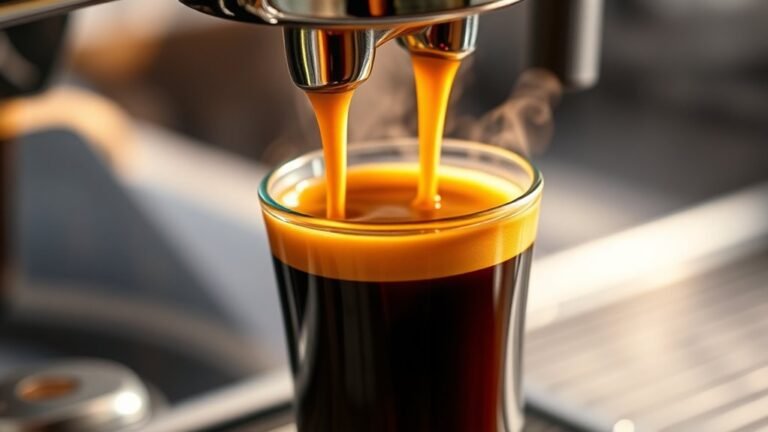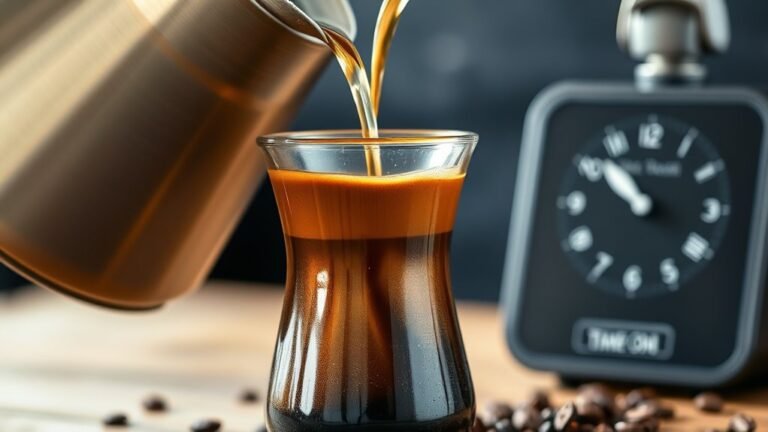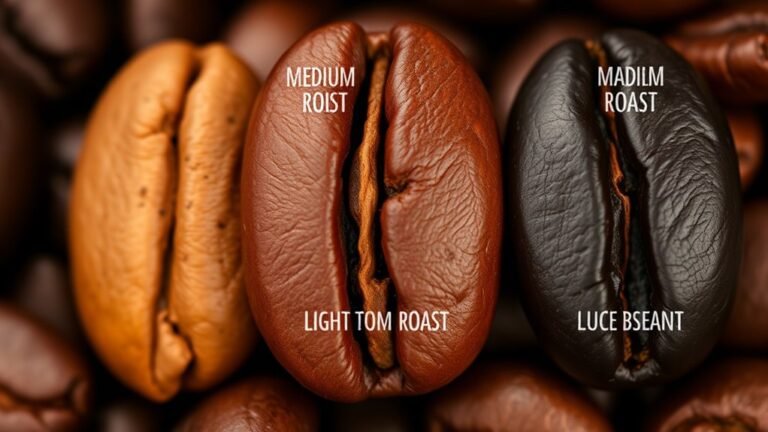The Difference Between Acidity and Bitterness in Coffee
You’ll find acidity in coffee as a bright, tangy sensation that adds vibrancy and complexity, often linked to organic acids like citric and malic acid. Bitterness, on the other hand, comes from compounds like caffeine and chlorogenic acids, delivering depth and a lasting, sometimes sharper taste. While acidity enlivens and balances sweetness, bitterness grounds and…







